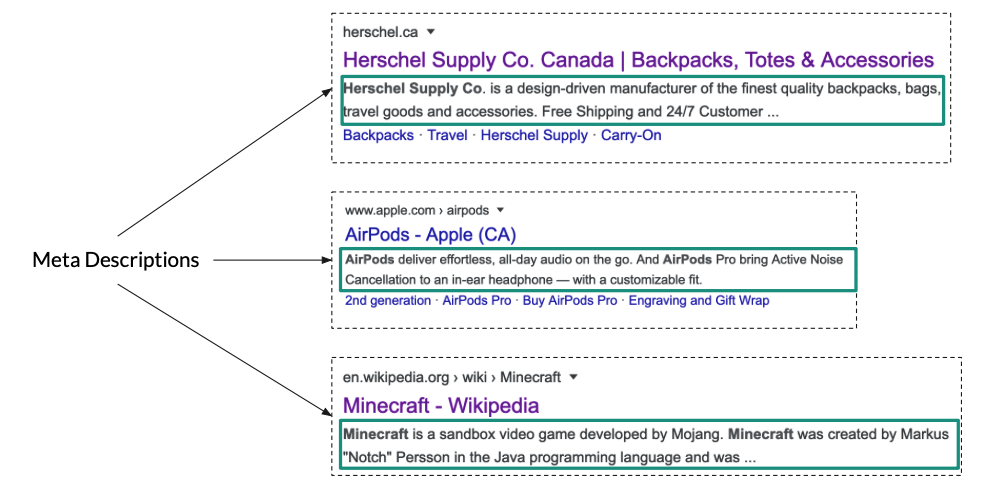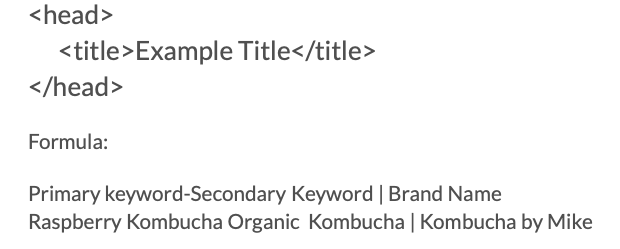16 Relevance and Quality
Understanding Page Rank
While at Stanford University, Larry Page and Sergey Brin developed a search engine, called Backrub, that relied on a mathematical algorithm to rank Web pages. This was the precursor to Google. They founded Google in 1998, which relied on PageRank and hyperlink analysis as well as on-page factors to determine the prominence of a Web page. This enabled Google to avoid the same kind of manipulation of on-page factors to determine ranking.
PageRank relies on the uniquely democratic nature of the web by using its vast link structure as an indicator of an individual page’s value. In essence, Google interprets a link from page A to page B as a vote, by page A, for page B. But Google looks at more than the sheer volume of votes, or links a page receives; it also analyzes the page that casts the vote. Votes cast by pages that are themselves “important” weigh more heavily and help to make other pages ‘important’ (“Understanding Google…”, 2006).
PageRank was based on the practice of academic citations. The more times an academic paper is cited, the more likely it is an authority paper on the subject. Page and Brin used a similar theory for their search engine—the more times a web page or web site is linked to, the more likely it is that the community considers that page an authority. (It should be noted that the importance of page rank has been greatly reduced over the years.)
Ranking highly in search results is vital to web sites, so digital marketers and web developers have adapted as search engines have updated their algorithms to avoid being “gamed.” Today, Google says it uses more than two hundred different factors in its algorithm (which changes over four hundred times yearly) to determine relevance and ranking. None of the major search engines disclose the elements they use to rank pages, but there are many SEO practitioners who spend time analyzing patent applications to try to determine what these are.
Relevance
The word relevance refers to how well the content on a web page matches that of the terms used to search for that page. So if a user types, “sustainable food wraps” (because they are looking for an alternative to using plastics), the web page that appears on the SERP will have integrated those search terms throughout various areas of the page.
In optimizing a web page you will want to make a list of all the different kinds of search terms you would expect users to use to find your page. Those terms should be incorporated naturally and authentically throughout the content, copy, and code.
Examples of Relevance
On the SERP, there are 3 critical places key search terms need to be displayed: the URL, the title tag, and the meta description. These 3 items will directly influence how many clicks you get from the SERP to your web page.

Title tag
The title tag is an html element that gives a web page its title. It is displayed on the SERP as a blue hyperlink string of text and on the top of a web browser’s page. Since they are used by search engines as the link text on the search engines results’ page, targeted title tags help drive click-through rates. Title tags should be clear and concise (it’s a general rule of thumb that all tags be clear and concise, you’ll find). Title tags are also used when bookmarking a web page.
It is also important to optimize the title tag because it is also displayed in social networks when links are shared.
Title tag placements
The title tag should be an accurate, concise description of a web page’s content. It is a major factor in helping search engines understand what your page is all about and it is often the first impression users will have of your web page. In the image below, the title tag appears in two different paces: on the SERP page (in blue as a hyperlink) and on the top of the browser tab.

Meta Descriptions
Also known as a “snippet”, the meta description is 156 characters in length and is the intersection of SEO and marketing. It provides users with an idea of what your web page is about and why they should want to visit it.
A good meta description includes the following:
- search terms
- brand/marketing message
- unique selling proposition (e.g., discounts, offerings)
- clear delineation from the competition

Analyzing SERP Results
One of the best ways to begin the SEO journey is to take a step back and evaluate the SEO of others. Type some search terms into Google and see what comes up. Do your search terms appear in the URL? What about the title tag? Has the meta description been written to include the terms and communicate a unique brand message and offering?
Quality
In addition to relevance, Google also places a strong emphasis on quality signals that suggest a good user experience. These signals appear on the web page itself and are integral to good web design.
Examples of Quality
Wikipedia web pages teach us a lot about how to do SEO well. Each page represents a narrowly focused topic so the content on the page will almost always match and variance of keywords a searcher uses. And not only does Wikipedia do a great job bringing traffic to its site by appearing high on the SERP, its overall engagement can be quite high because of its extensive use of anchor texts tent (hyperlinks) within the body content: so users who want to continue learning more about a topic they can click on a link that will take them to another Wikipedia page.
Wikipedia pages are really well optimized because each one has keywords in all the places they should be:
- URL
- H1 Header
- Title tag
- Body content (several times)
- Body content in bold
- Alt text of images
- Anchor text featured within the body content
Overall, it’s a perfect user experience: I’m looking for information on bisons and because Wikipedia is both a trusted source of knowledge and a highly visited site, this page comes up before the fold on the SERP.
The importance of optimizing images
Images should also be optimized with the relevant keywords. Search engines cannot see images, so they rely on the way that an image is described to determine what the image is about. Screen readers also read out the image descriptions, which can help visually impaired users to make sense of a Web site. Text readers for browsers read out these tags to tell the user what is there. Meaningful descriptions certainly sound a lot better than “image1,” “image2,” and “image3.” Lastly, images are sometimes also shown on the SERPs, and of course one can also search images using most of the major search engines.

Title: Beeswax food wraps – the zero waste sustainable storage solution
H1 Header tag: 100% organic cotton Beeswax food wraps
Body Copy/Content: Here is where you would write descriptive and compelling statements about how beeswax food wraps made from 100% organic cotton is sustainable, affordable, and a zero-waste alternative to plastic bags. The statements should include what makes beeswax food wraps unique and distinct, and the text should be written in an easy to follow fashion. You may also want to include links to articles about sustainability, zero-waste consumption, and how to minimize a carbon footprint. Links to a blog or user-generated content showing videos and photos of beeswax wraps in use is also recommended. Always link to reputable and credible web pages and sites only.
Alt text for Image: Beautiful hand-made beeswax food wraps created from 100% organic cotton in a variety of pleasant colours and styles.
URL: http://www.domain.com/beeswax-food-wraps
Just as an image can help emphasize the content on a page, it can also help search engines in ranking pages, provided the image is labeled correctly.
Here are some ways to optimize images with key phrases for search engine optimization (SEO):
- Use descriptive filenames.
- Use specific alt tags and title attributes for the images.
- Meta information can be supplied in the image file. Make sure this information is relevant.
- Use descriptive captions, and keep relevant copy close to the relevant image.
- Make sure the header tags and images are relevant to each other.
SEO Tools & Resources
URL: http://www.seomoz.org/tools
SEOMoz provides a wealth of articles and forums, as well as excellent SEO tools and guides. Some are free, but become a “PRO” member to access them all.Keyword Discovery ToolsThere are a number of tools available, some free and some that require a fee, to assist with keyword discovery. Some include Trellion’s Keyword Discovery Tool (http://www.keyworddiscovery.com) and Wordtracker (http://www.wordtracker.com).
Google’s Free Search
Engine Optimization Guide
URL: http://www.google.com/webmasters/docs/search-engine-optimization-starter-guide.pdf
Google provides a free starter guide, useful for anyone new to SEO.Google Insights for Search
URL: http://www.google.com/insights/search
This provides valuable information about search terms you may want to target for SEO purposes. It also provides regional interest (i.e., by geography) for search terms, which is increasingly important as search engines move toward localization and personalization in their search focus.
Text Attribution
- The content on this page except for the examples are adapted from eMarketing: The Essential Guide to Online Marketing by Rob Stokes and Saylor Academy which is licensed under a CC BY-NC-SA 4.0 International License.
References
Understanding Google Page Rank. (2001, May 20). Accu Web Hosting. http://www.accuwebhosting.com/Articles/Understanding_Google_Page_Rank.html.


